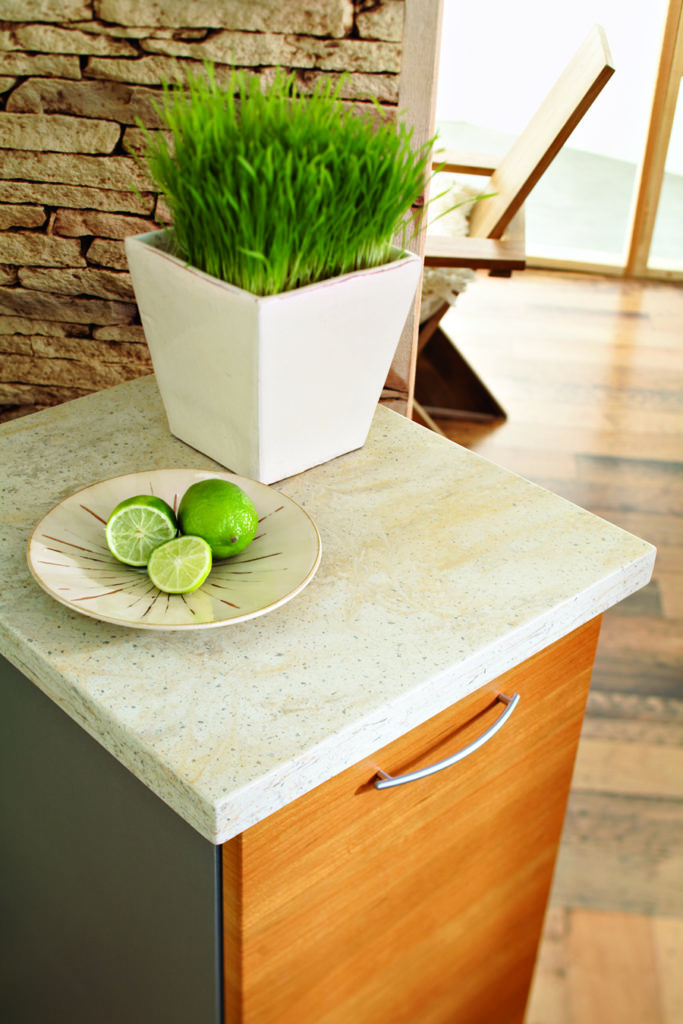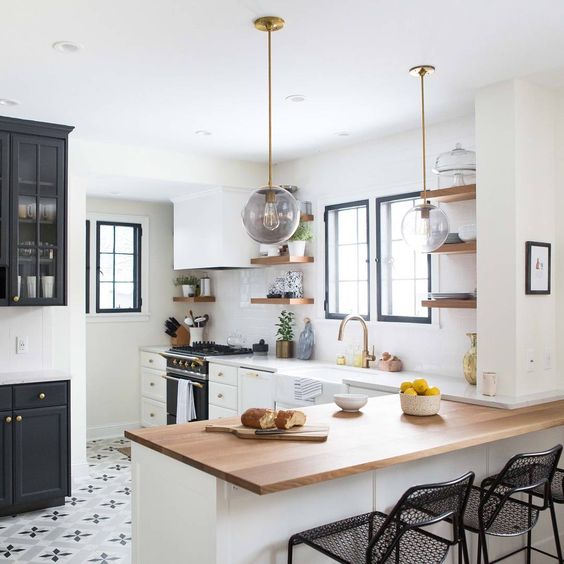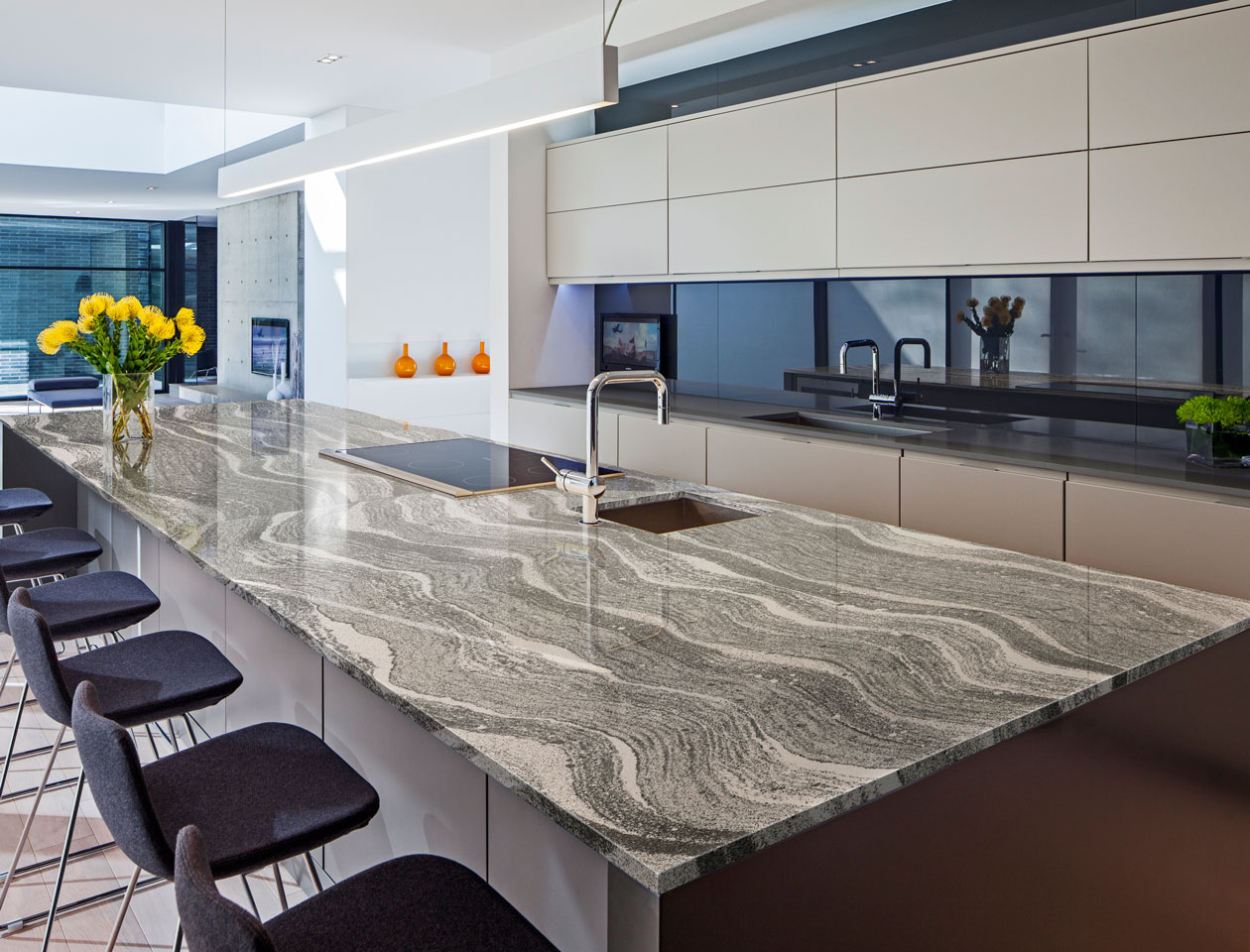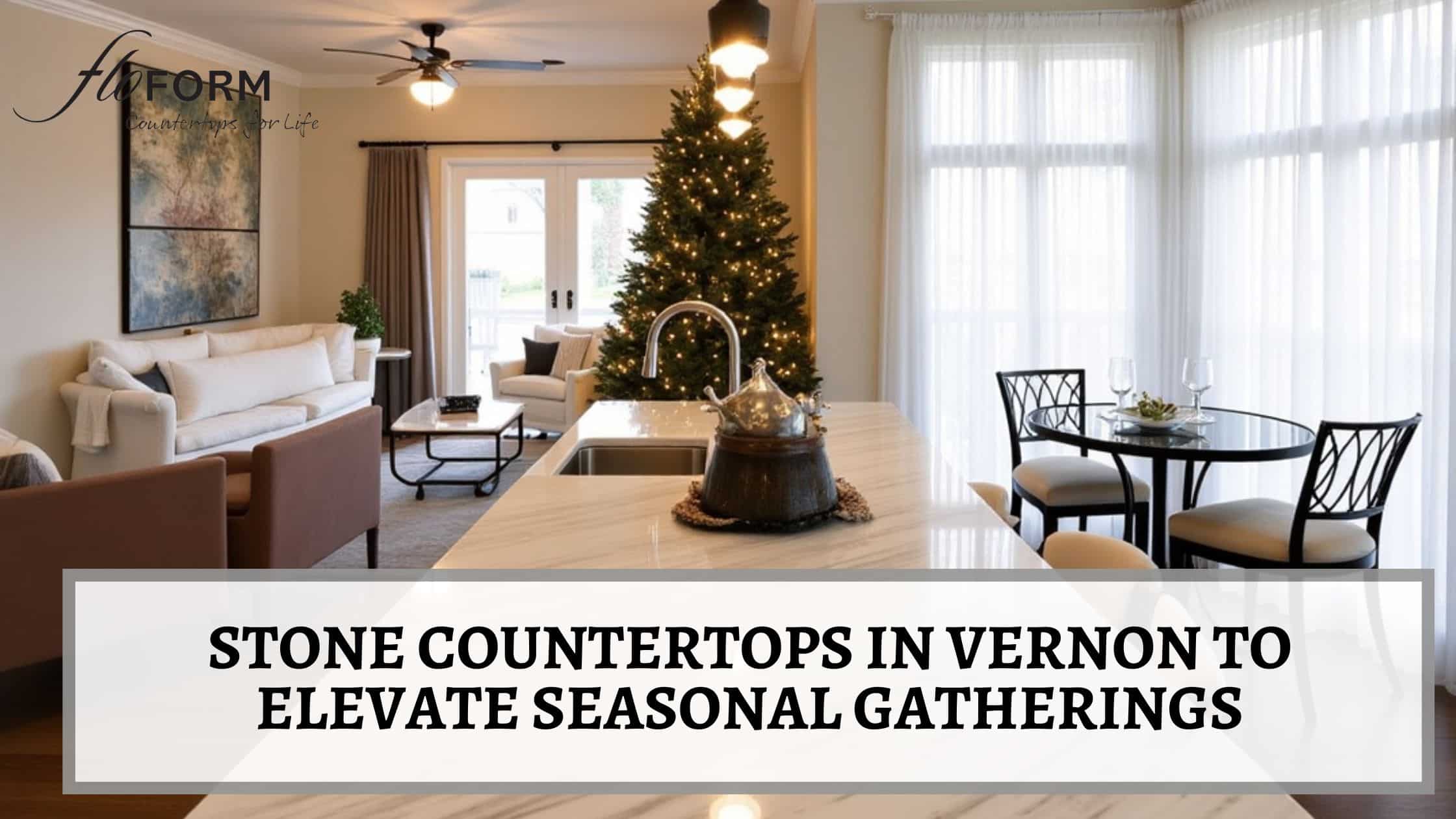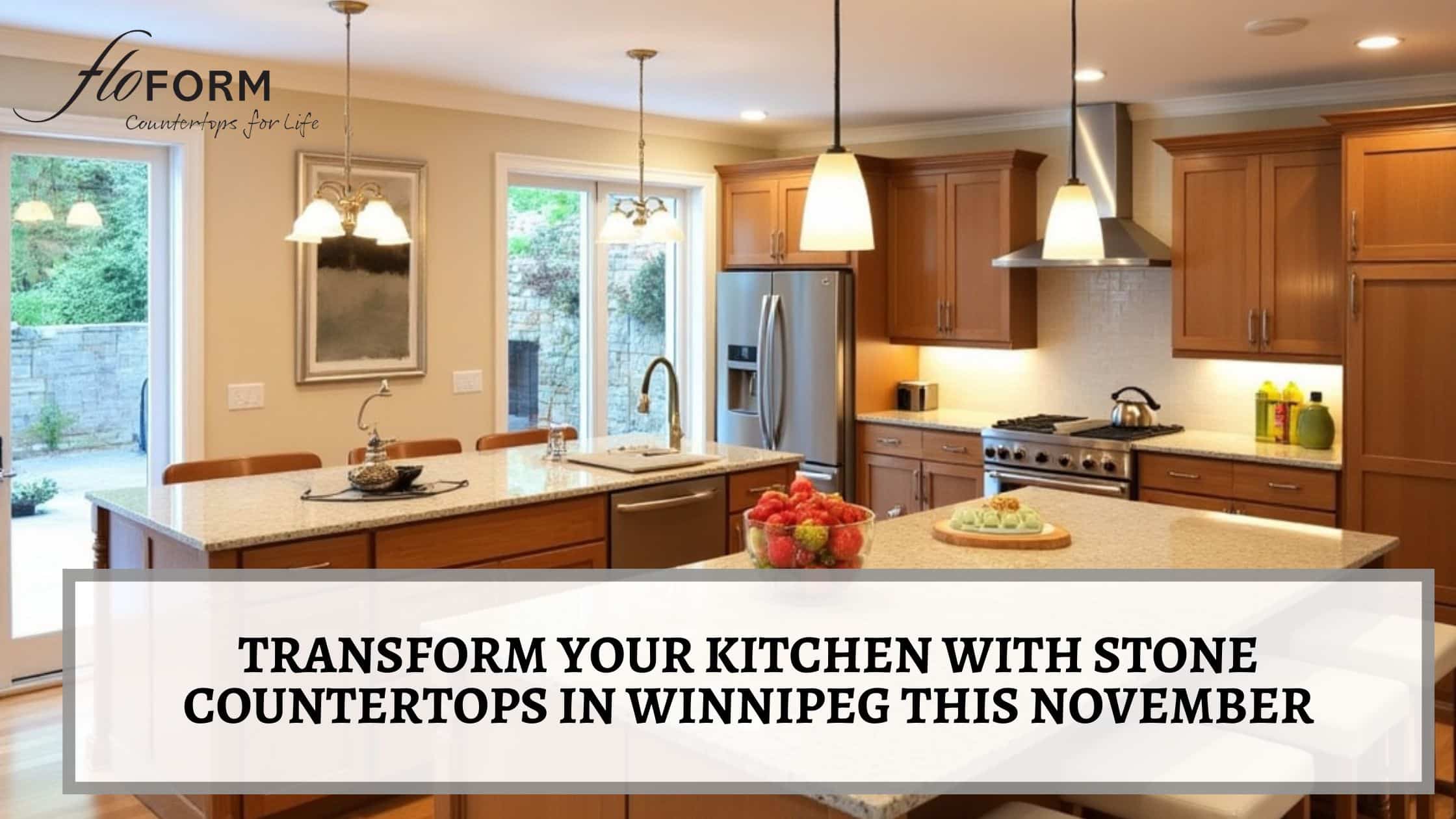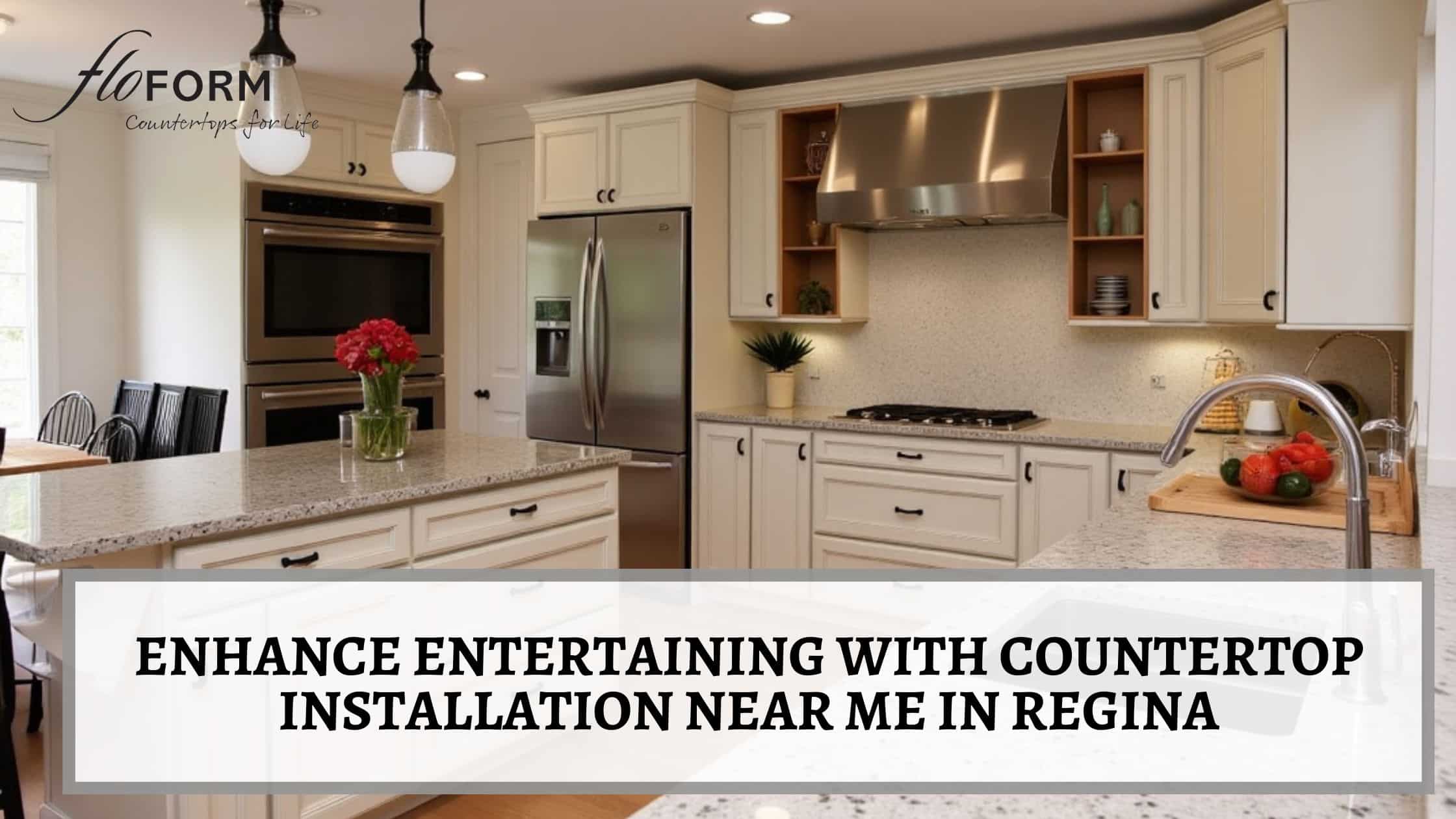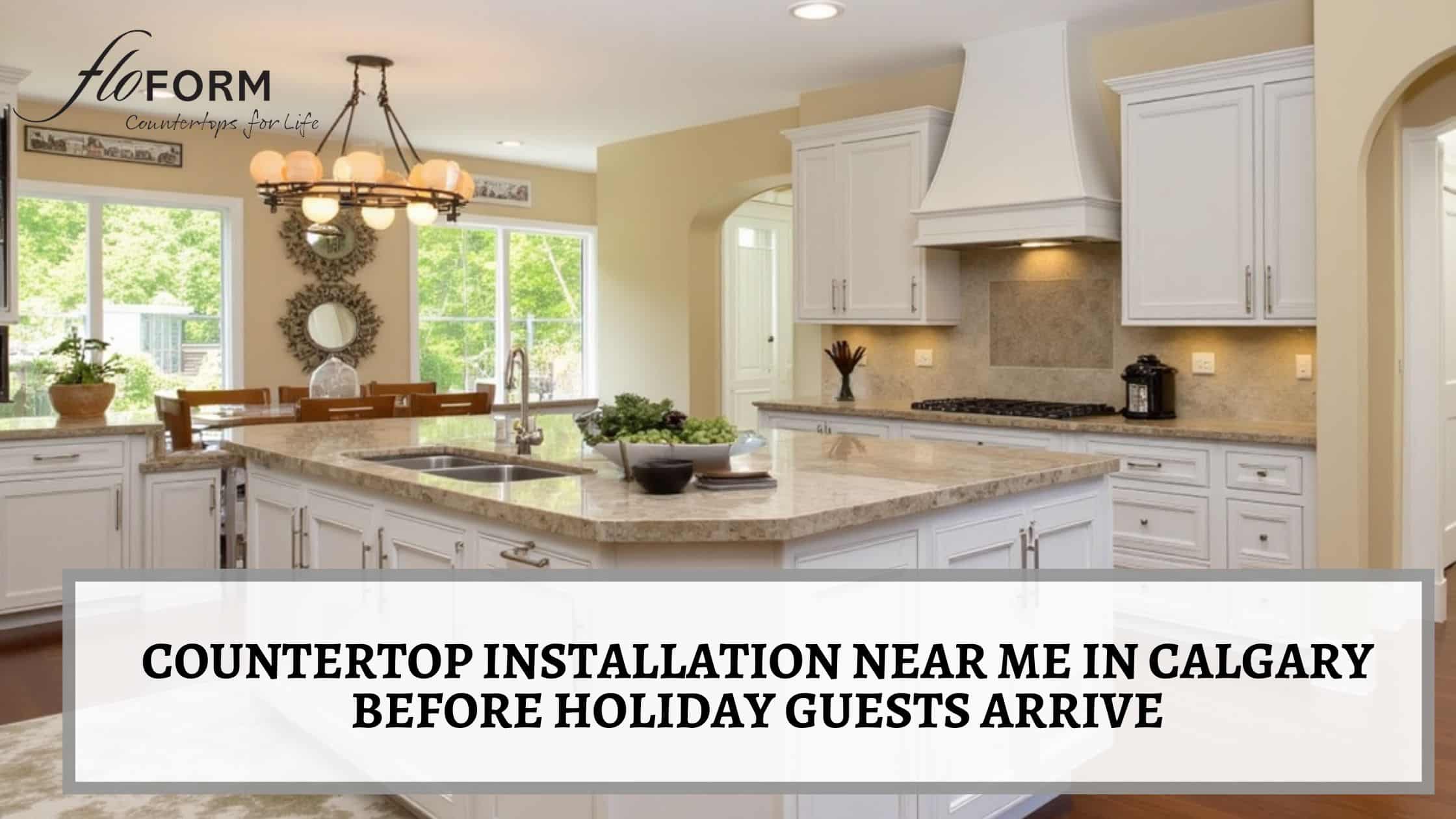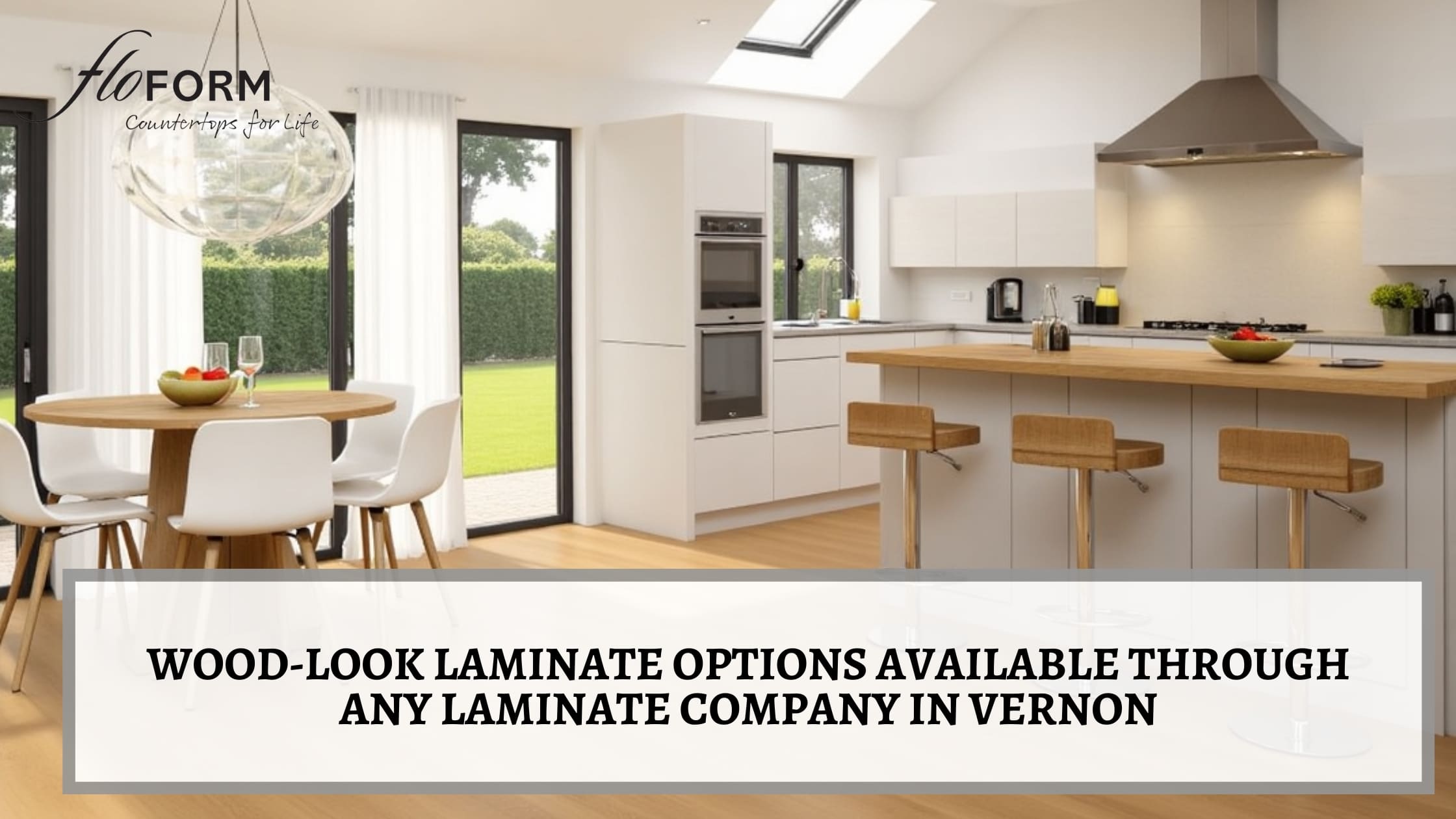Kitchen Islands
They serve so many purposes that they are virtually a staple of today’s kitchens.
Extra storage space, food prep area and working or dining opportunities they provide are definitely worth the physical floor space they inhabit.
The key is in the planning; plan well and reap the rewards, but a poorly arranged layout can be the bane of any kitchen.
Here are some tips to help you make the best decisions for your kitchen island.
Bigger isn’t always better.
A small space doesn’t mean that a kitchen island isn’t in the cards for you. Custom heights and depths, as well as details such as casters for flexibility are great options when trying to maximize small spaces.
This Corian solid surface island is a great compact size to fit any kitchen and still adds that extra countertop space and storage we love!
Featured Design: Corian Burled Beach
Consider spacing.
We’ve talked about the ‘kitchen work triangle’ before, but keeping this triangle in mind when contemplating an island can save you from a lot of headache down the road. Optimal distance for any one leg of the work triangle should be between 4 and 9 feet. The total of all three sides of the triangle should be between 12 and 26 feet.
When considering the island in particular, a 3-foot distance around each side is best for enabling free and safe movement.
Plan for function.
How do you want to use your island? Do you want one thing in particular out of it, or will it serve multiple purposes? If you want more storage space for example, take that into account when planning the size and shape of your island. Thinking ahead about the functionality of your island can allow you to really optimize the space it occupies.
Featured Design: Formica Cafe Azul
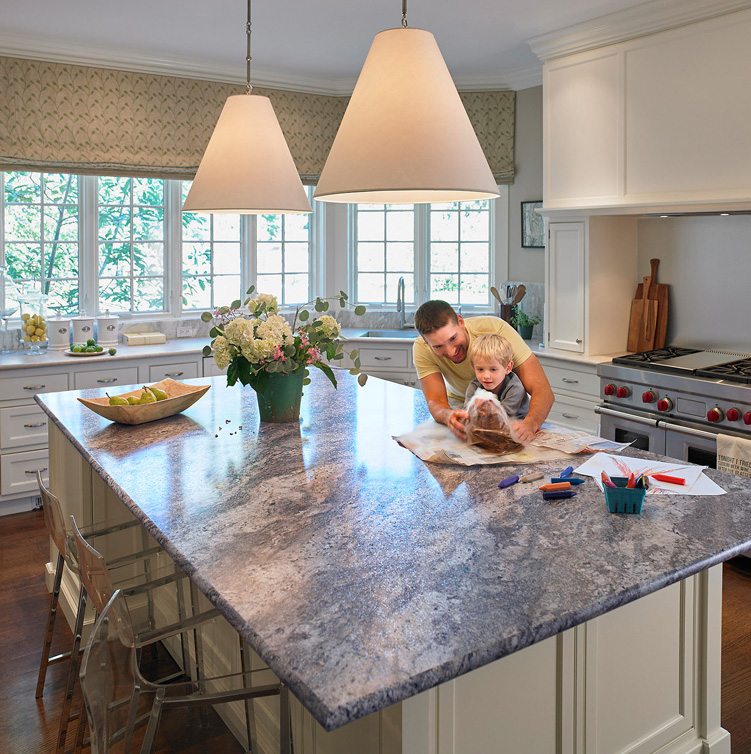
Keep an open mind.
If you love the idea of a kitchen island but your space just simply won’t allow for one, there are still a few options for you to explore.
When budget is not a concern, you always have the option of rearranging the layout of your space to open it up. If that’s too big of a project for you, a simpler solution could be to add wheels to an island, or to use a trolley, allowing for some versatility in your layout. These compact islands can be extremely functional, offering extra storage space and work surface.
They are also much less costly than a fixed kitchen island.
Balance your dimensions.
It stands to reason that larger spaces can accommodate larger islands. A big island can make a beautiful showpiece in a big kitchen, but be careful not to overcrowd your space. Adding a fixture that is too large for the room that it’s in can easily ruin the aesthetic. A design professional will help you determine the right size for your kitchen.
A practical consideration you may want to look into is that your island countertop fits down the passageway to your kitchen. Some materials, such as quartz, have a maximum size before they require a seam, which you may want to avoid.
FLOFORM installers are experts in matching glue color and guarantee that your seam will be less than the thickness of a business card. In addition, Cambria offers the largest slab size available in the marketplace.
Consider a peninsula.
A peninsula shares most of the same features and benefits of a full island, but is attached to the rest of your countertop at one end. They offer a practical and functional alternative for certain kitchen layouts, specifically small spaces as they take up less floor space.
If you’re considering putting an island into your own kitchen, take a look at some of these unique examples of kitchen islands that really work within each particular space. Let us know what you think about islands or examples of them in your own kitchen. We’d love to hear from you.
I know you probably wish we’re talking about a tropical getaway, but we’re sticking a little closer to home and discussing the transformative quality of a kitchen island.
This unpronounced kitchen staple has been redesigning the look of spaces for years, and in our opinion, it is a go-to for most well-designed kitchen.
Not only does an island provide extra seating and counter space, the architectural wonders center your room and serve as a hub for all the hustle and bustle, typical of any family’s kitchen.
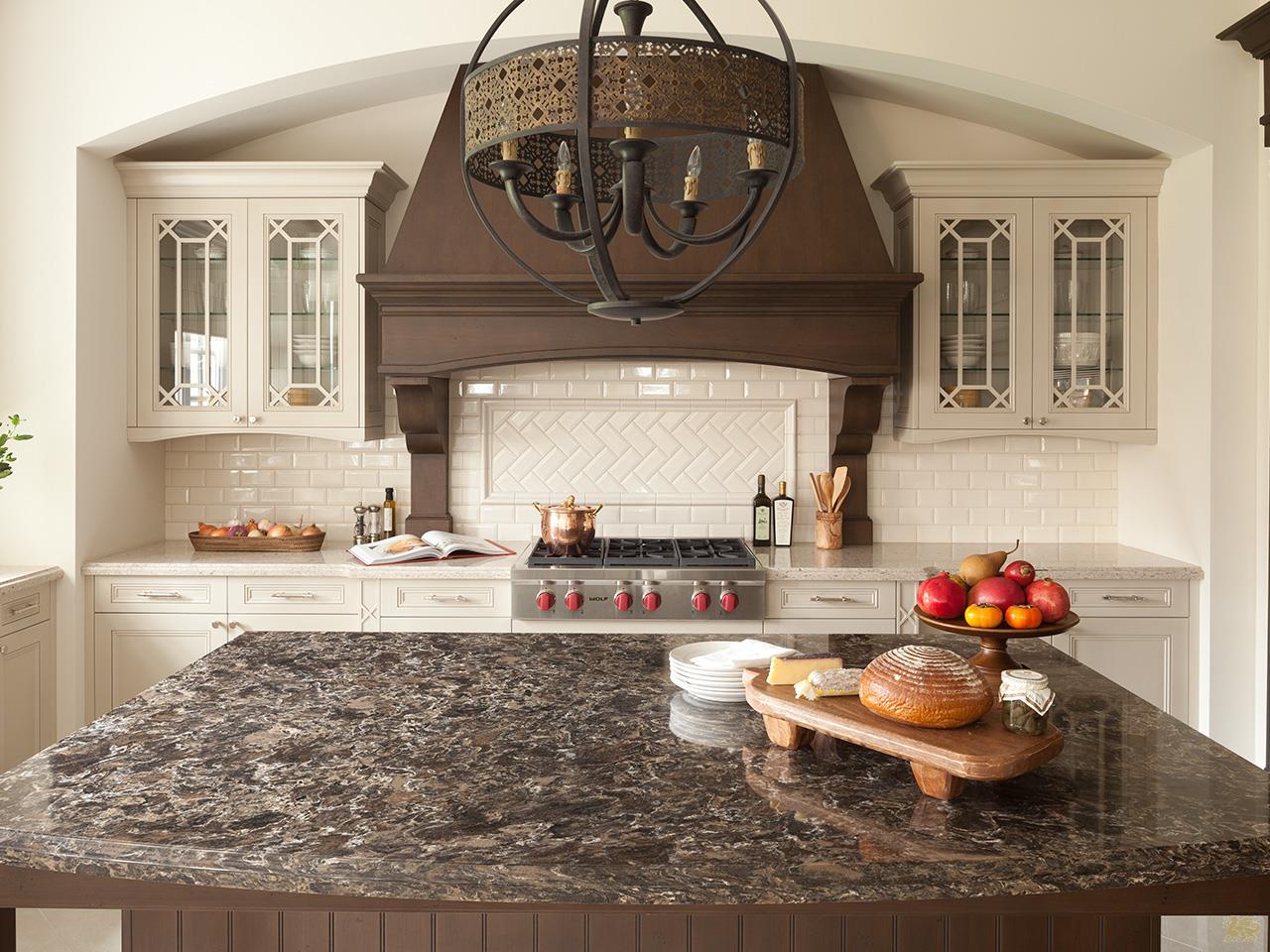
Just like with countertops, there are countless designs and styles one can choose for their kitchen island.
The traditional and classic look is welcoming and provides comfort in your kitchen as shown in this classic Cambria island featuring Torquay.
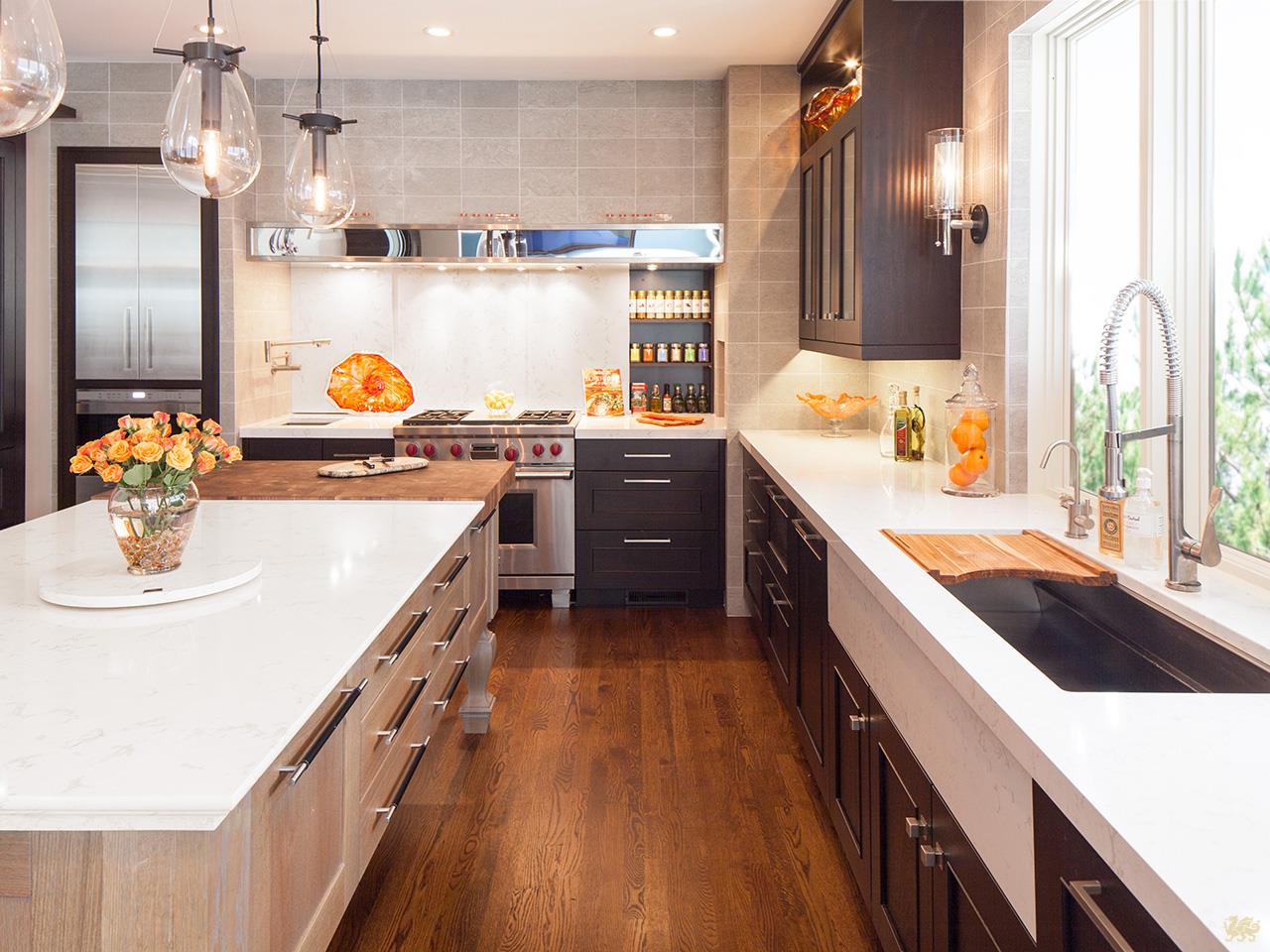
But islands don’t always have to be traditional. This modern kitchen shows you there is a place for this design trend within contemporary kitchens.
This sleek and sophisticated design reinvents the look of the island, and maximizes its utility within the kitchen with the added stove and sink.
With any home design elements, you really want to focus on what works in your space, and what truly matches your individual style. What do you think of these kitchen islands?
[gravityform id=”1″ title=”true” description=”true”]

